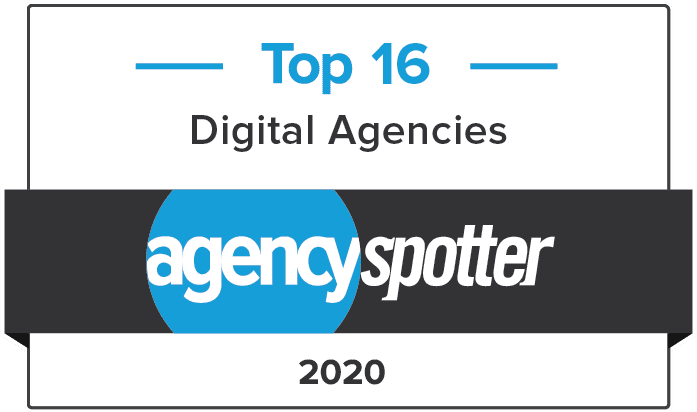
A Review of PR Trends and Predictions for 2017
In December of 2016, PR News posted “5 Key PR Trends to Watch in 2017,” predicting the changes and progress the public relations industry would experience in the next year. 2016 saw an elevated PR profile in national news, thanks to the magnitude of our presidential election and a variety of corporate mishaps. 2016’s lesson to us was this—the public relations industry is ready for significant growth, and it all relies on credibility.
I took a look back at the five trends that were identified a year ago to see if 2017 measured up, and added some of my own thoughts, as well. Let’s dive right in, shall we?
1. Journalists will be more diligent than ever.
A year ago, it was foreseen that journalists would become more vigilant about facts and preparing for corporate and political surprises. In my opinion, this is one of the most significant predications on this list, and also the most difficult to track. In a recent Forbes article, David Wenger, director of communications at McCombs School of Business at the University of Texas in Austin, explained that our biggest challenge in the PR industry this year was the “loss of response for national media ‘experts.’” Building credibility was critical this year, and we’ll see if our efforts were fruitful.
The use of the word “journalists” is also an interesting choice in this first prediction. From the perspective of PR professionals, the industries of public relations and journalism are drifting away from each other. The public relations industry is expanding to be more strategic and message based, blurring the lines between traditional marketing, advertising and PR. However, to the average Joe in our current political and social environment, PR communications and journalism are thought of as the same thing.
2. Third-party research will be critical to credentialing pitches.
PR News nailed it on this one—backing up all your information, especially when pitching business, is no longer just critical; it’s mandatory. You’re not utilizing all of the resources available to you to create the most robust and complete snapshot of a company without research. Whether that’s from a third-party, a combination of digital or analytical strategists, focus groups, interviews, or a combination of sources, it is required.
3. Reputation management matters more.
As PR responsibilities continue to expand, reputation management is especially important for larger companies or organizations. Crisis communications can no longer cut it for many businesses, since this outdated term refers to a reactive strategy rather than proactive and continuous communications. PR professionals are required to use thoughtful consideration in their work as this idea grows. This also links back to credibility and diligence of our storytelling.
4. Live video continues to grow.
Cisco predicted that 75 percent of the world’s mobile traffic will be video by 2020, which was huge news for social platforms like Facebook, Periscope, Snapchat and Instagram (who announced their live video feature at the end of 2016 in reaction to this data). Another recent Forbes article validates this prediction, saying that 13 percent of total video traffic this year will be from live video/streaming. This is important for PR professionals to know and monitor, to determine if live video fits in with their overall strategy and how it can be utilized.
5. Influencers become contributors.
Influencer marketing was significant in 2016 and I would argue that it continued its comeback in 2017, to an extent. A survey at the end of 2016 said that around 84 percent of marketers were planning on at least one influencer marketing campaign in 2017. Finding authentic advocates to connect to target audiences, especially on social platforms, is the new norm. It’s the reason that so many young people are becoming “social media famous” and getting paid by agencies and companies to advertise and discuss their products on their platform. However, “authentic” is the key word here and is the reason this influencer marketing has received some backlash. Using influencers to advocate for your brand has to make sense, or else your audiences will catch on and know you are trying too hard. Once again—it’s all about credibility!
So, there’s my take. The public relations industry is constantly adapting and it’s an exciting, yet challenging, time for us. 2018 PR trends could be completely different from these predictions for 2017, but that’s the beauty of the industry. Stay vigilant and stay true to your brand.



